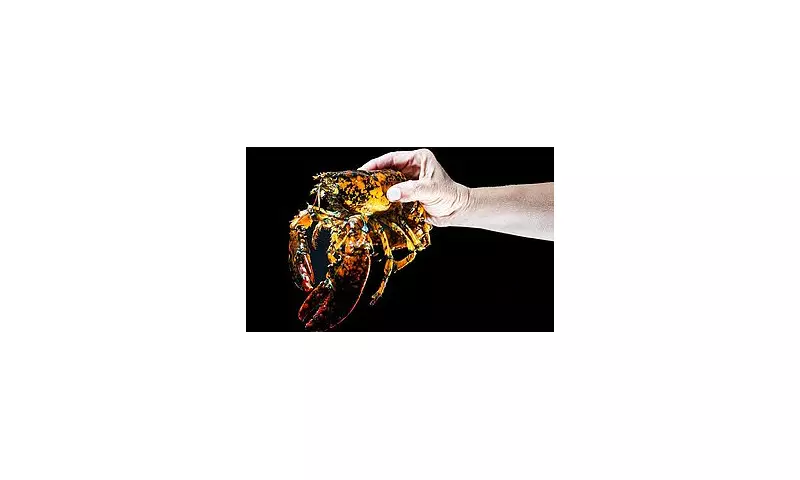
In an extraordinary marine discovery that has stunned fishing communities and marine biologists alike, a fisherman operating off the coast of Massachusetts has hauled in one of nature's rarest treasures - a ghostly white lobster with odds of appearing estimated at just one in 30 million.
The Phantom of the Ocean Depths
The remarkable crustacean, displaying an almost ethereal pale coloration instead of the typical dark blue-brown, was caught in waters near the historic fishing grounds of Massachusetts. Unlike its more common relatives, this lobster lacks the pigments that give normal lobsters their distinctive camouflage coloring in their ocean habitat.
This ghostly appearance isn't merely a cosmetic difference - it represents an extreme genetic rarity that makes this discovery particularly significant for marine scientists studying crustacean genetics and colour variations.
Understanding the Rarity Scale
While blue lobsters occur approximately once in every two million specimens, making them uncommon enough, this white variant stands in a league of its own rarity:
- Normal coloured lobsters: Standard occurrence
- Blue lobsters: 1 in 2 million
- Calico lobsters: 1 in 30 million
- White/ghost lobsters: 1 in 30 million
- Yellow lobsters: 1 in 30 million
The extreme scarcity of these pale lobsters means most fishermen will never encounter one throughout their entire careers at sea.
Marine Biology Mystery
Scientists explain that this extraordinary coloration results from a genetic condition called leucism, which causes partial loss of pigmentation. Unlike albinism, which results in complete absence of melanin alongside characteristic pink eyes, leucistic animals often retain some pigment and typically have normally coloured eyes.
The discovery provides valuable insight into the genetic diversity present within lobster populations and highlights the continuing mysteries that our oceans hold, even in well-studied coastal regions like New England.
Conservation and Future
Such rare specimens typically receive special treatment, with most being donated to aquariums or research facilities rather than ending up on dinner plates. Their extraordinary rarity makes them far more valuable for educational and scientific purposes than as seafood.
This remarkable find serves as a powerful reminder of the biological wonders still awaiting discovery in our world's oceans and the importance of sustainable fishing practices that allow such rare genetic variations to persist in marine ecosystems.





